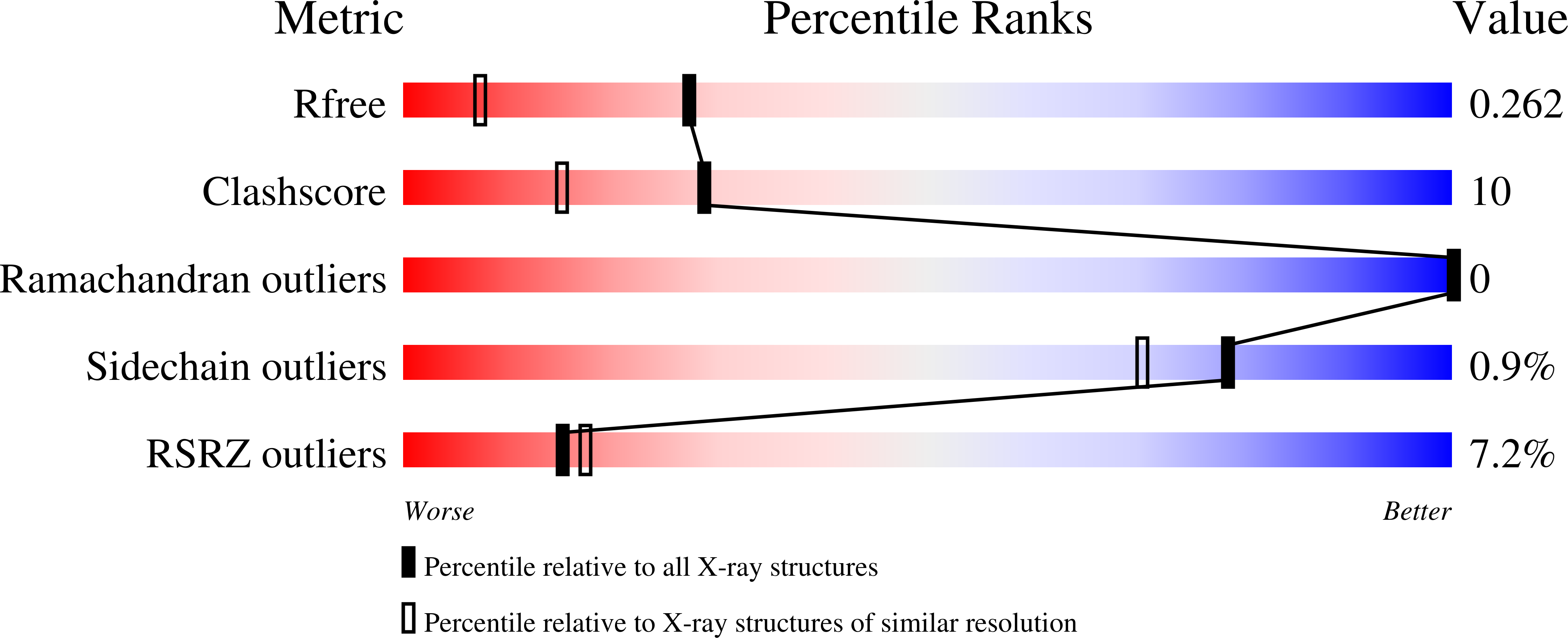
Deposition Date
2022-03-02
Release Date
2023-09-13
Last Version Date
2024-02-28
Entry Detail
PDB ID:
7Z3F
Keywords:
Title:
Crystal structure of the cupredoxin AcoP from Acidithiobacillus ferrooxidans, oxidized form
Biological Source:
Source Organism:
Acidithiobacillus ferrooxidans (Taxon ID: 920)
Host Organism:
Method Details:
Experimental Method:
Resolution:
1.70 Å
R-Value Free:
0.26
R-Value Work:
0.23
R-Value Observed:
0.23
Space Group:
P 41 21 2


